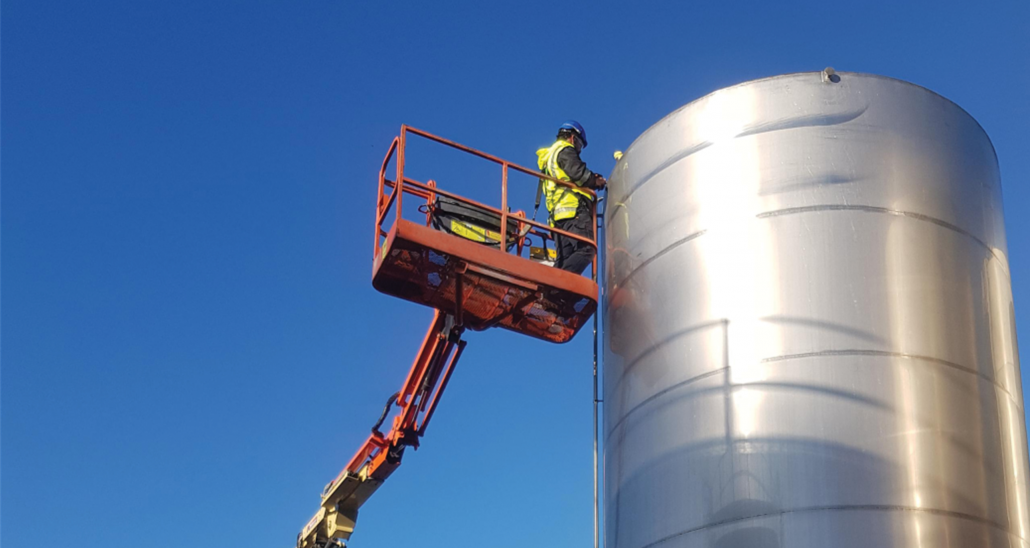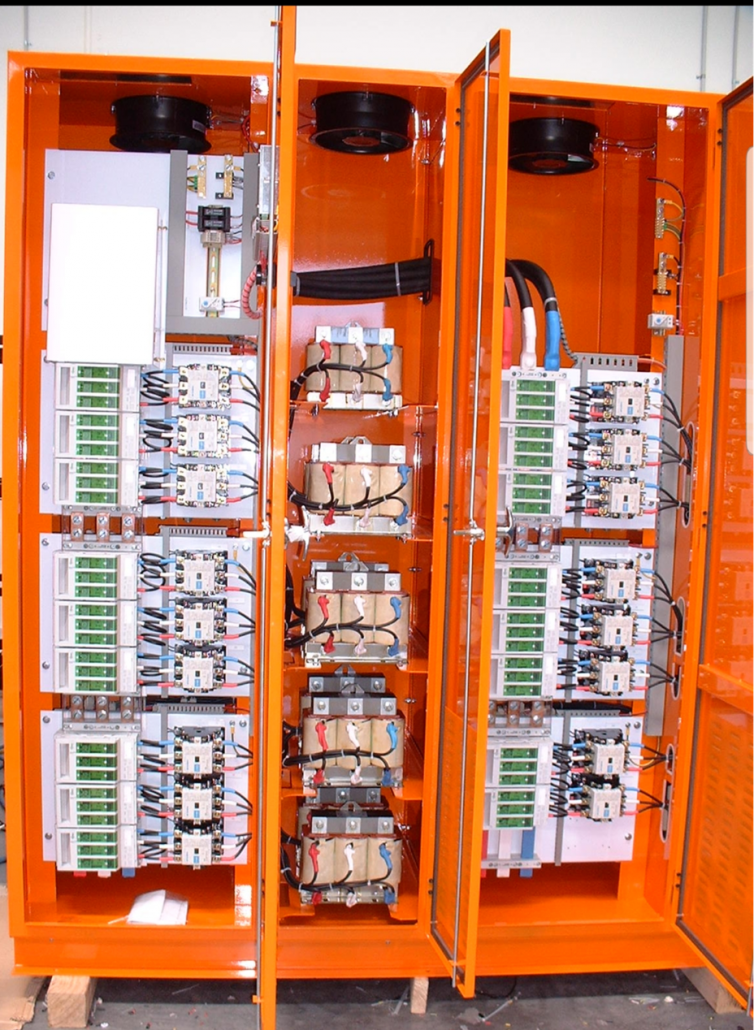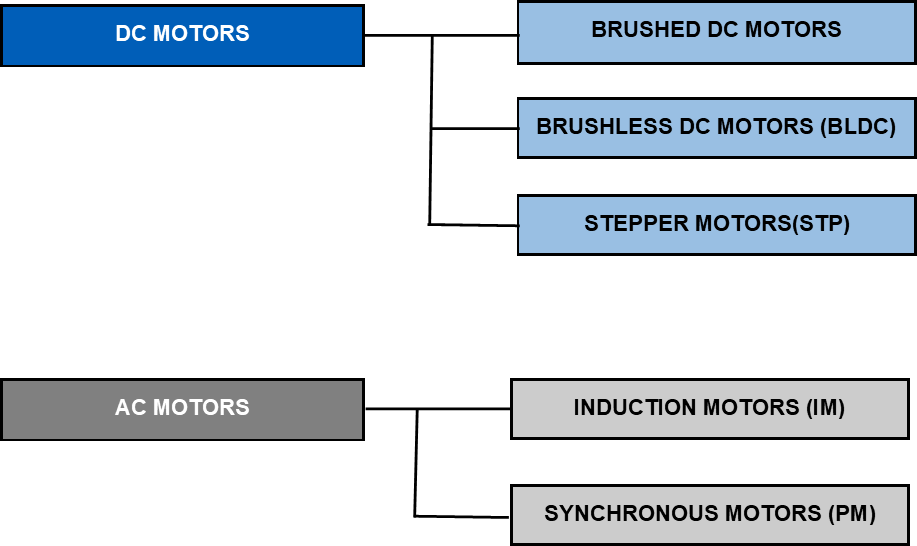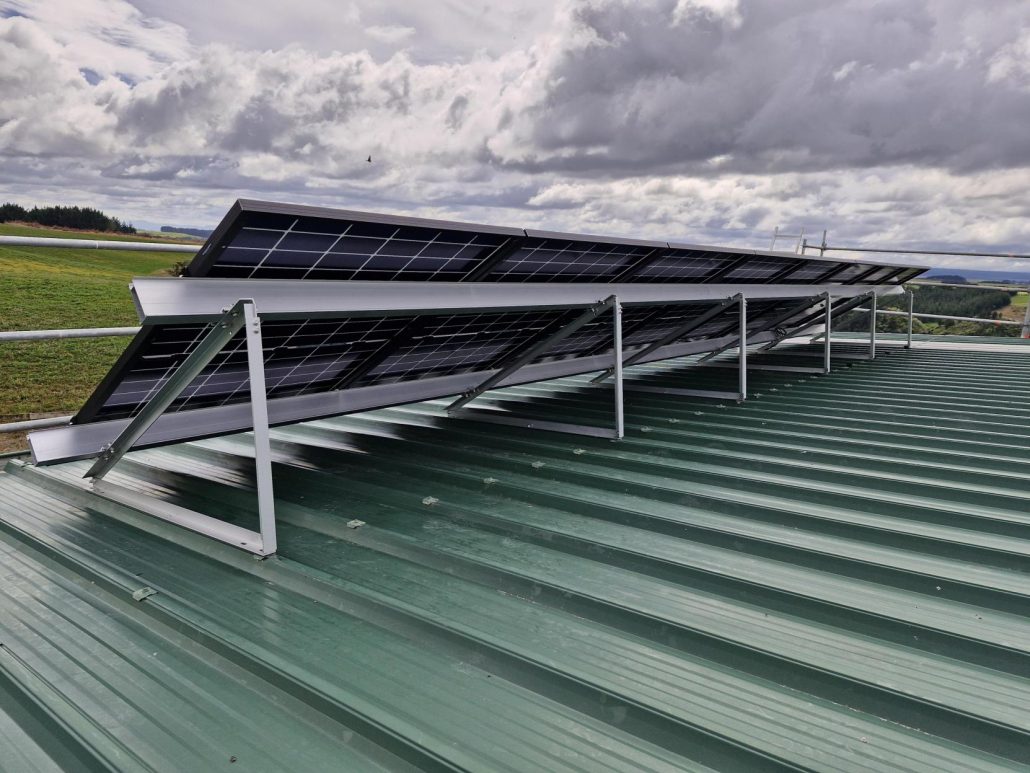Riddle Answers – November 2025 Newsletter

Witch = 10; Jacko lantern = 5; Bat = 1
Jacko lantern + bat + witch = 16

Witch = 10; Jacko lantern = 5; Bat = 1
Jacko lantern + bat + witch = 16
One of the tricky things about electrical systems is that you often can’t see faults until something fails – and by then, the damage (and cost) can be significant.
That’s where thermal imaging (thermography) comes in. It’s a non-intrusive, non-contact method that helps us spot issues you’d never see with the naked eye.
Using a specialised camera, we capture heat patterns in your electrical equipment. Abnormal heat is often the first sign that something’s not right – like loose connections, overloaded circuits, or failing components.
By detecting these problems early, we can fix them before they snowball into costly breakdowns, unplanned downtime, or even fire hazards.
Why Thermal Imaging Matters:
Cut down on expensive reactive repairs
Extend the lifespan of your electrical assets
Reduce downtime and keep your business running smoothly
When should you get a thermal imaging check?
Routine checks should be part of your preventative maintenance plan, but they’re especially valuable:
After major changes or upgrades to your electrical system
If you notice burning smells, hot spots, or overheating equipment
After electrical failures or unexplained faults
Following a power surge or electrical storm
What can we check with thermal imaging?
Electrical panels – detect hot spots from loose connections or overloads
Circuit breakers – identify faulty operation before failure or fire risk
Motors – monitor bearings, windings, and components for wear
Switches – spot overload issues early
UPS systems – check battery health and wiring
Generators – ensure reliability of key components
Why Choose EAS?
The EAS team are trained and experienced in thermal imaging inspections, giving you peace of mind that your electrical systems are safe, efficient, and reliable.
Get in touch to book your thermal imaging check today – Drop us a line or give us a call on 07 834 0505

When it comes to running your plant, your measuring devices are the unsung heroes. If they’re even slightly off, product quality, safety and compliance can all take a hit. That’s why regular calibration is so important – and that’s where EAS can make life easier.
Why calibration matters
Your measuring devices don’t stay perfect forever. Even the best ones drift over time. That can mean:
Regular calibration gives you confidence that your readings are spot on, so you can make the right decisions and avoid costly mistakes.
How often should you calibrate?
There’s no one-size-fits-all answer. It depends on things like:
We can help you figure out the right schedule for your site, so you stay on top of it without overdoing it.
Device vs Loop Calibration – what’s the difference?
Not sure which you need? We’ll take care of that too and we handle the paperwork as well!
Every calibration we do comes with an official certificate so your records are always up to date – no chasing, no headaches.
Let EAS make it easy
Our trained, experienced team takes care of the whole process, leaving you with accurate data and fewer worries.
Need a device calibrated or want to set up a simple calibration plan?
Give the EAS team a call today on 07 834 0505 and we’ll get you sorted.

Keen to reduce your energy spend and boost the performance of your plant at the same time?
You’re not alone – with power prices constantly on the rise, more and more businesses are looking for ways to run leaner, smarter, and more sustainably. The good news is, with the right projects and a solid plan, you can cut energy use without cutting productivity.
Step One: Set your baseline so you know what you’re working with
Before you can start saving energy, you’ve got to understand how much you’re using – and where it’s going. Think of this as your energy “health check.”
Step 2: Set reduction targets
Most sites can realistically aim for 10–20% energy reduction in the first 12–18 months with the right changes in place.
Step 3: Prioritise projects with quick wins & then plan for long-term gains
Start with low-cost, high-impact projects – think lighting, compressed air, or power factor correction.
Bigger upgrades (like automation, motor control, or load management) take longer but can deliver serious savings.
Step 4: Monitor and maintain
Use smart monitoring tools for energy use and load management to track how you’re going with your energy savings.
With a strong focus on energy management you can lower power bills, reduce downtime, improve working conditions with better lighting and smarter systems as well as achieving the environmental wins.
How EAS Can Help
At EAS, we don’t just throw gear at the problem – we take the time to understand your site, your goals, and what success looks like for your team. Whether you want a full plant-wide energy audit or just need help swapping out some lights, we’ve got the know-how and the crew to get it sorted.
Ready to Get Started?
If you’re keen to start trimming your energy bills and future-proofing your plant, get in touch with the EAS team or give us a bell on 07 834 0505 – let’s make your plant work smarter, not harder.


The answer is 109.
Need to know how we worked it out?
Tree = 10 (3 trees = 30)
Pot = 7 (38 – 10 (tree) = 28 /4 (pots) = 7
Cup of tea = 6 (3 cups of tea = 18)
One Pot (7) + (tree in a pot (17) x cup of tea(6)) = 109
Motors are used to turn electricity into movement. Whether it’s a fan, pump, conveyor, or something more complex like a milling machine, motors are behind the scenes doing the hard work.
There are lots of different types of motors. They vary based on whether they use AC (alternating current) or DC (direct current) power, and how they generate that movement.
Here’s a quick overview of the common types and where they’re used.
DC Motors – Good for High Torque & Simple Control
Brushed DC Motors
Brushless DC Motors (BLDC)
Stepper Motors
AC Motors – Powerful & Common in Industrial Setups
Induction Motors
Single-Phase Induction Motors are used in:
Three-Phase Induction Motors are used in:
Synchronous Motors
What to Think About When Choosing a Motor
Picking the right motor for your business or operation depends on:
These things help determine the right type, size, and setup of motor you’ll need.
Need Help Choosing the Right Motor?
Whether you’re replacing a motor or installing one for a new process, it’s important to get it right. The wrong motor can cause breakdowns, wasted energy, or poor performance.
That’s where EAS can help:
At Electrical & Automation Solutions (EAS), we can help you choose the right motor, install it properly, and keep it running smoothly with regular maintenance and servicing.
Give us a call today on 07 834 0505 for expert advice or a quote—we’re here to help keep your business running at full speed.

Thinking about cutting your energy costs and making your business more future-ready? Now’s the time to look into solar.
Solar power is a smart move for farms and businesses across New Zealand. Whether you’re running irrigation, cold storage, or processing operations, you know how unpredictable and expensive power bills can get. Solar gives you back control—helping you reduce your energy costs, rely less on the grid, and even earn from feeding extra power back into the network.
For many high-use operations, the system pays for itself in as little as 5–7 years.
Here’s why solar makes sense for industrial and farming businesses:
Why Go Solar?
Government Support & Bank Finance
Right now, there are great support options that make solar even more affordable:
How to Get Started
Don’t Wait—Get Ready for Summer Sun
There’s never been a better time to go solar. With strong returns, great finance options and summer around the corner, now’s the time to lock in a system that’ll keep paying off for years to come.
Ready to get started? Contact the EAS team today and let’s talk solar.
